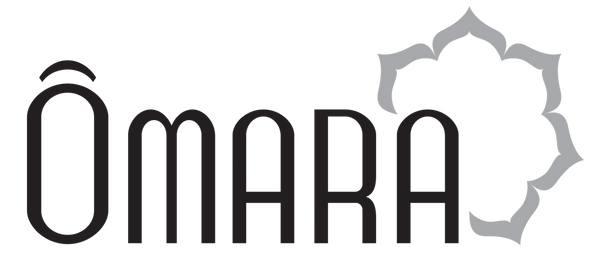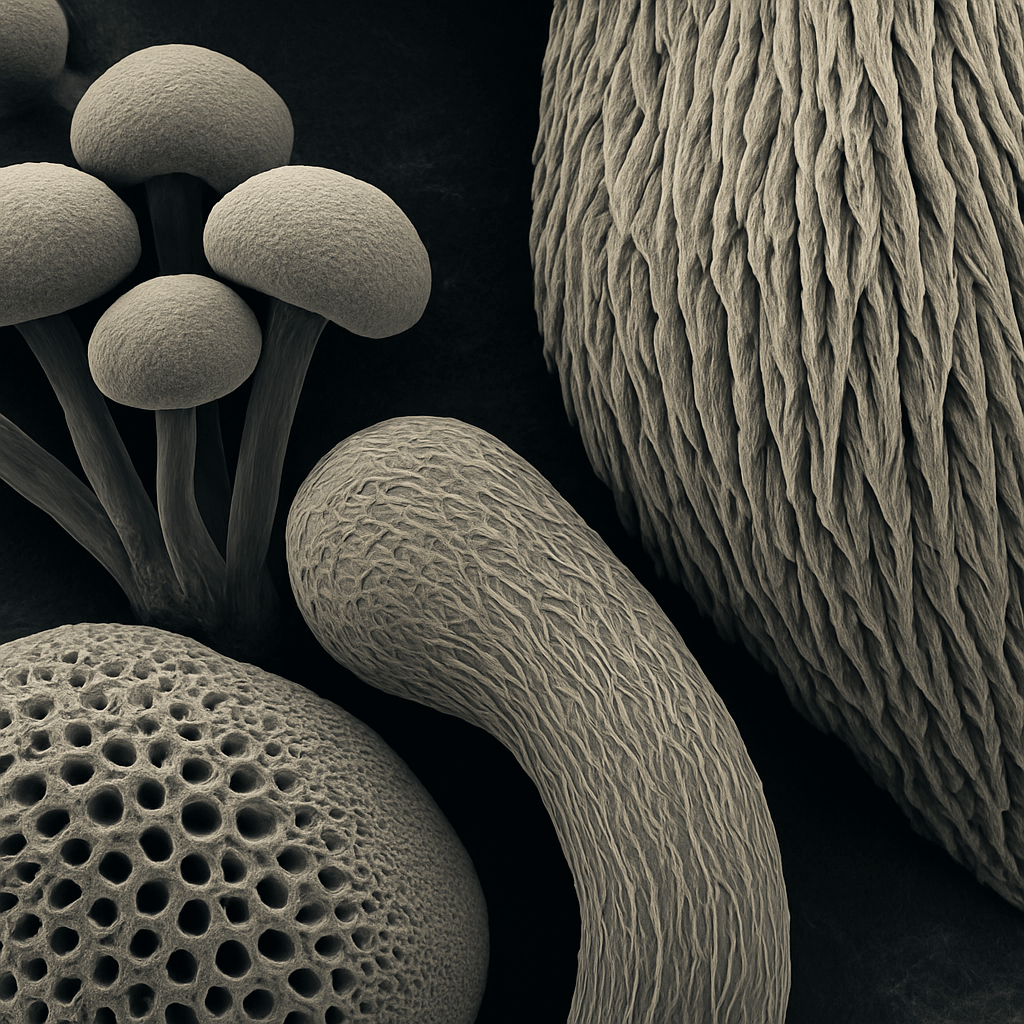Adaptogenic Mushrooms: A Natural Pharmacopoeia
Introduction
As the modern world seeks lasting solutions to the disruptions of chronic stress, weakened immunity, and nervous exhaustion, contemporary research is rediscovering an ancient therapeutic heritage: adaptogenic medicinal mushrooms.
These fascinating organisms, long marginalized in the West, are now attracting growing interest from scientists, doctors, naturopaths and neuroscience researchers.
Their effects on the regulation of the nervous system, neurogenesis, immunomodulation and hormonal homeostasis open the way to an integrative approach to care, based on the living.
This text offers an in-depth reading of what adaptogenic mushrooms really are, their mechanisms of action, their place in ancient medicinal traditions, and their possible role in public health tomorrow.
1. Defining adaptogenicity: a concept still poorly understood
The term "adaptogen" is relatively recent (coinciding with the work of Dr. Nikolai Lazarev in the USSR in the 1940s), but the concept is old.
An adaptogen is a natural substance that helps the body maintain or regain its internal balance in the face of external stresses, without creating imbalances in other systems.
Key criteria of an adaptogen (according to Brekhman & Dardymov, 1969):
- Non-toxic at normal doses
- Non-specific effect (acts on various stresses)
- Normalizing (homeostatic) effect
In this context, some medicinal mushrooms - such as Hericium erinaceus , Ganoderma lucidum , Cordyceps sinensis , Inonotus obliquus or Agaricus blazei - meet these criteria and deserve their place in the contemporary adaptogenic pharmacopoeia.
2. Adaptogenic Mushrooms: What the Science Says Today
More and more academic and clinical studies are looking into the bioactive properties of medicinal mushrooms.
Here are some of them, summarized in a non-exhaustive manner:
Neuroprotection and neurogenesis:
Hericium erinaceus (Lion's Mane) promotes the production of NGF ( Nerve Growth Factor ), which is essential for neuronal growth. In vitro and in vivo studies suggest a positive effect on peripheral nerve regeneration and brain plasticity (Wong et al., 2020; Mori et al., 2009).
Immunomodulation:
Agaricus blazei Murill and Reishi contain β-glucans with immunostimulatory properties, studied for their potential in complementary therapies for cancer or chronic infections (Hetland et al., 2008; Gao et al., 2003).
Energy and mitochondrial balance:
Cordyceps militaris improves oxygen uptake, supports physical performance and cortisol regulation (Paterson, 2008).
Antioxidation and inflammation:
Chaga ( Inonotus obliquus ) has an exceptional antioxidant profile (betulinic acid, polyphenols) and could protect cells against chronic oxidative stress (Zhao et al., 2019).
3. Millenary traditions validated by science
Before being studied in the laboratory, these mushrooms were used in traditional medicinal systems:
- In Chinese Medicine (TCM) , Reishi is classified as an "elixir of long life", Cordyceps as a kidney tonic.
- In Japan , Yamabushitake is eaten for memory and mental clarity.
- In South America , Agaricus blazei is nicknamed "sun god mushroom", used to strengthen the immune system.
This continuity between ancestral empirical knowledge and modern scientific validation is one of the great interests of these organizations: they create a bridge between oral traditions, natural medicines and clinical research.
4. Ethics, ecology and fungal sovereignty
A crucial point in the rise of these mushrooms is how they are cultivated, extracted and distributed.
Indeed, not all extracts on the market are equal.
Ethical and ecological issues:
- Extraction from the fruiting body is preferable to mycelium on grain substrate (often poor in active ingredients).
- Traceability and non-contamination (heavy metals, pesticides) must be guaranteed by laboratory tests.
- Culture must preserve forest ecosystems and fairly remunerate producers (particularly in Asia and South America).
- Responsible production can be integrated into regenerative agriculture models, or even bioremediation .
Mushrooms are mediators between worlds: they decompose, transform, connect.
Considering them as "products" without respecting their ecology amounts to losing part of their intrinsic intelligence.
5. A path to integrative health
Adaptogenic mushrooms are not a substitute for conventional medicine or Western pharmacopoeia.
But they can intelligently complement preventive, functional, or chronic approaches, in a logic of global care: body - mind - environment.
They offer powerful leads for:
- support stress and anxiety disorders
- supporting neuroplasticity in neurodegenerative diseases
- strengthen the vitality of immunocompromised people
- help with metabolic and hormonal regulation
Conclusion
Restoring adaptogenic mushrooms to their rightful place is not a wellness trend.
It is an act of reconnecting with the wisdom of life, supported by research and driven by ethical demands.
They don't promise miracles.
But they offer concrete, rooted avenues for building more resilient, more humble, more sustainable health.
Article references
- Wong KH, et al. (2020). Hericium erinaceus (Bull.: Fr.) Pers. inhibits neuroinflammation in LPS-stimulated BV2 microglial cells. Journal of Ethnopharmacology, 259, 112852.
- Mori K, et al. (2009). Nerve growth factor-inducing activity of Hericium erinaceus in 1321N1 human astrocytoma cells. Biological and Pharmaceutical Bulletin, 31(9), 1727–1732.
- Hetland G, et al. (2008). The mushroom Agaricus blazei Murill: properties and clinical applications in cancer therapy. Nutrition and Cancer, 60(1), 1–6.
- Gao Y, et al. (2003). Antitumor and immunomodulating activities of Ganoderma lucidum. Nutrition and Cancer, 47(2), 102–110.
- Paterson RRM. (2008). Cordyceps – A traditional Chinese medicine and another fungal therapeutic biofactory?. Phytochemistry, 69(7), 1469–1495.
- Zhao F, et al. (2019). Antioxidant activity of Inonotus obliquus polyphenolic extracts and its protective effects against H2O2-induced oxidative damage in HaCaT cells. Molecules, 24(5), 913.

